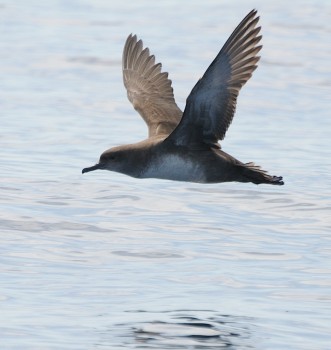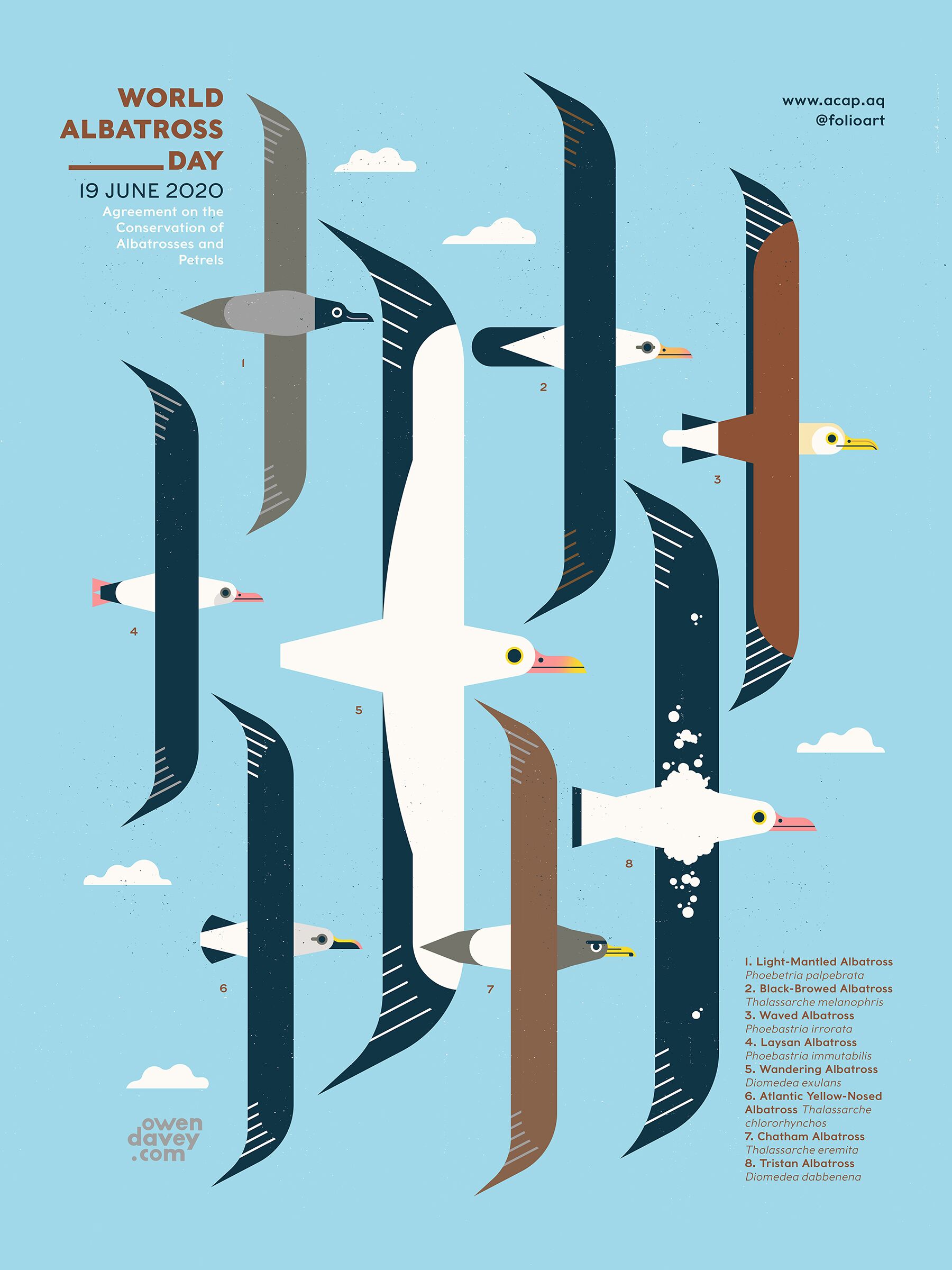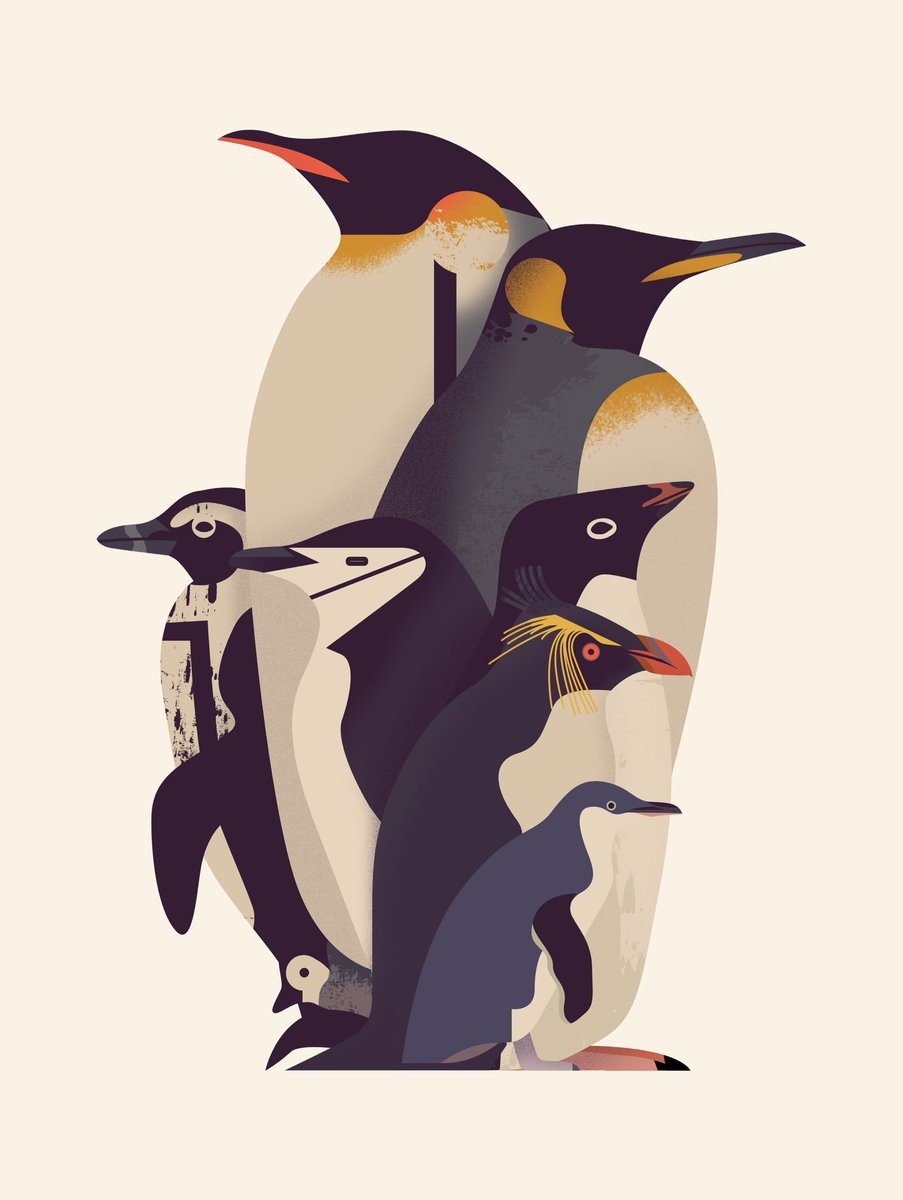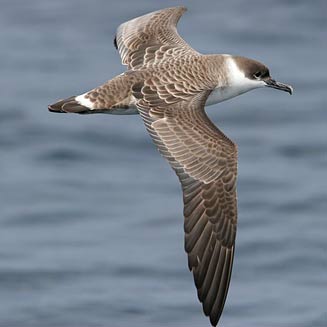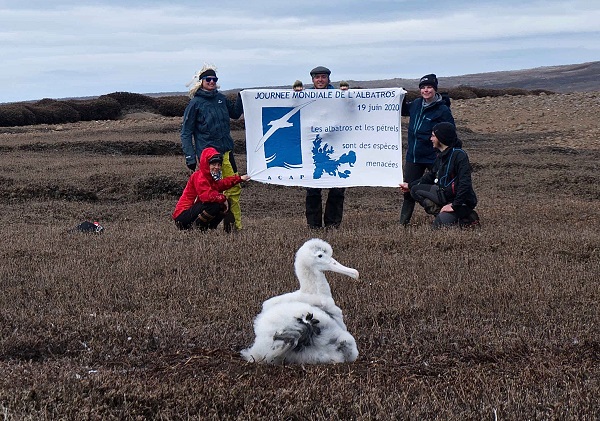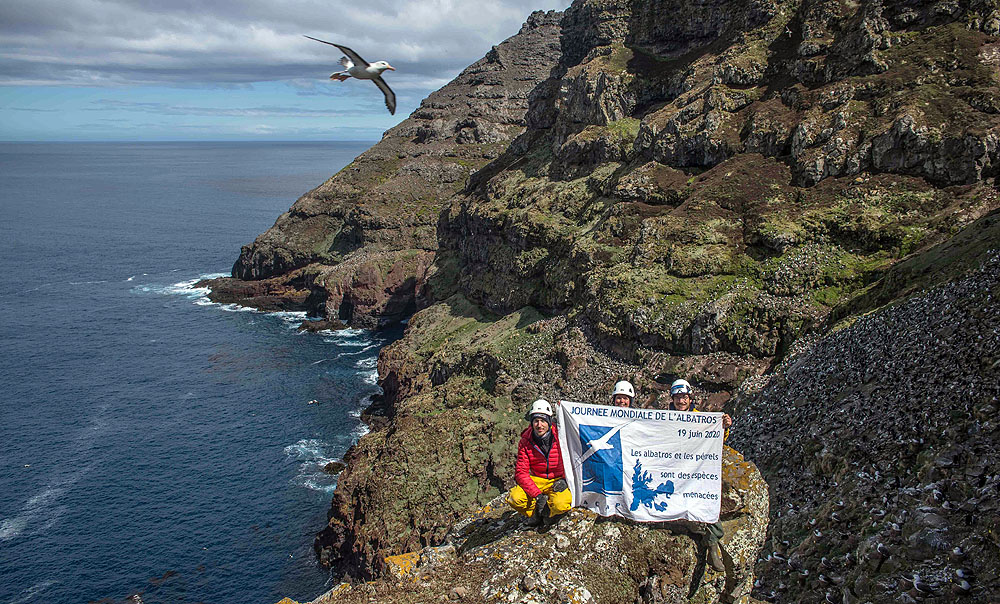LPO (Ligue pour la Protection des Oiseaux) is France’s BirdLife partner. With a century of commitment with more than 55 000 members, 5000 active volunteers, 400 employees nationwide and a network of local associations active in more than 80 departments, LPO is the premier association protecting nature in France. It works on a daily basis for the protection of species, the preservation of spaces and for education and awareness of the environment.
Three island groups in the southern Indian Ocean belong to France, a Party to the Agreement on the Conservation of Albatrosses and Petrels. These are the Crozets, Amsterdam and Saint Paul, and Kerguelen, all administered by the French Southern and Antarctic Territories (Terres Australes et Antarctiques Françaises - TAAF) and protected as a national nature reserve with World Heritage status as of this year. In total they support no less than 12 of the 22 ACAP-listed species of albatrosses and petrels.
ACAP Latest News has been in communication with LPO to solicit its support for ACAP’s initiation of an annual Word Albatross Day on 19 June, to be inaugurated next year. Positive feedback has now been received from three members of its senior management team.
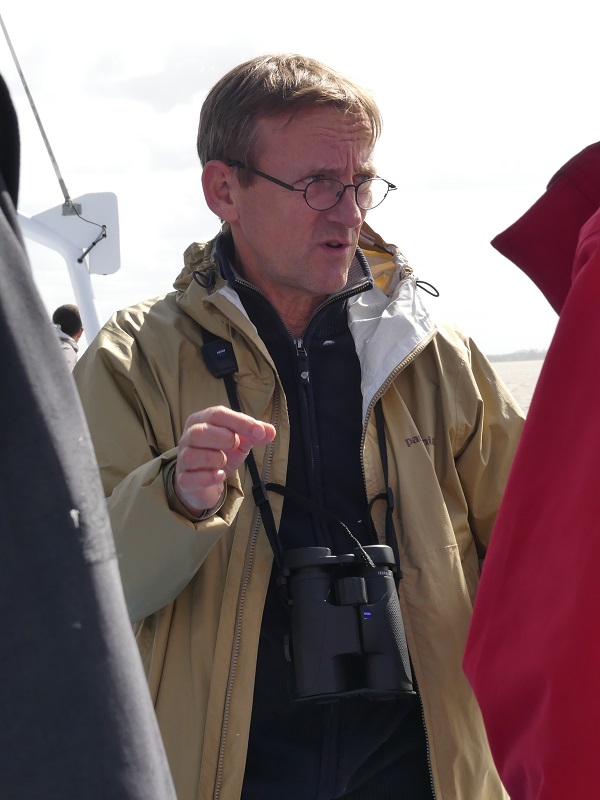
Yves Vérilhac, Gironde Estuary, September 2017
Yves Vérilhac, LPO’s Chief Executive Officer, has written to ALN:
“ ‘The great wings of the giant baulk his gait’. It is by this last line of Charles Baudelaire’s poem l’Albatros [from the translation by Roy Campbell] that the albatross was first familiar to me. An ornithologist since ever, I have travelled a deal but never to these distant lands and seas furrowed by these ‘monarchs of the clouds’. Here is a wish to answer, made difficult by the fact that I decided not to fly for pleasure. Beyond these images, the French responsibility for the protection of albatrosses is great with eight species of breeding albatrosses within our territory, including the endemic and emblematic Amsterdam Albatross Diomedea amsterdamensis. Our involvement with the environmental bodies of TAAF leads us to support the actions that are carried out there. World Albatross Day on 19 June next year will be an excellent opportunity to talk about these species so distant but so emblematic.”
“ ‘Ses ailes de géant l’empêchent de marcher’. C’est par ce ver de Charles Baudelaire que l’albatros m’a d’abord été familier. Ornithologue depuis toujours, j’ai beaucoup voyagé, mais jamais dans ces terres et mers lointaines que sillonnent ces ‘princes des nuées’. Voici un souhait à exaucer, rendu difficile par le fait que j’ai décidé de ne plus prendre l’avion pour le plaisir... Au-delà de ces images, la responsabilité de la France envers la protection des albatros est forte avec huit espèces d’albatros qui s’y reproduisent, dont l’endémique et emblématique Albatros d’Amsterdam. Notre participation aux instances environnementales des Terres Australes et Antarctiques françaises nous conduit à soutenir les actions qui y sont menées et la journée mondiale des albatros, le 19 juin sera une excellente occasion de parler de ces espèces si lointaines mais si emblématiques.”
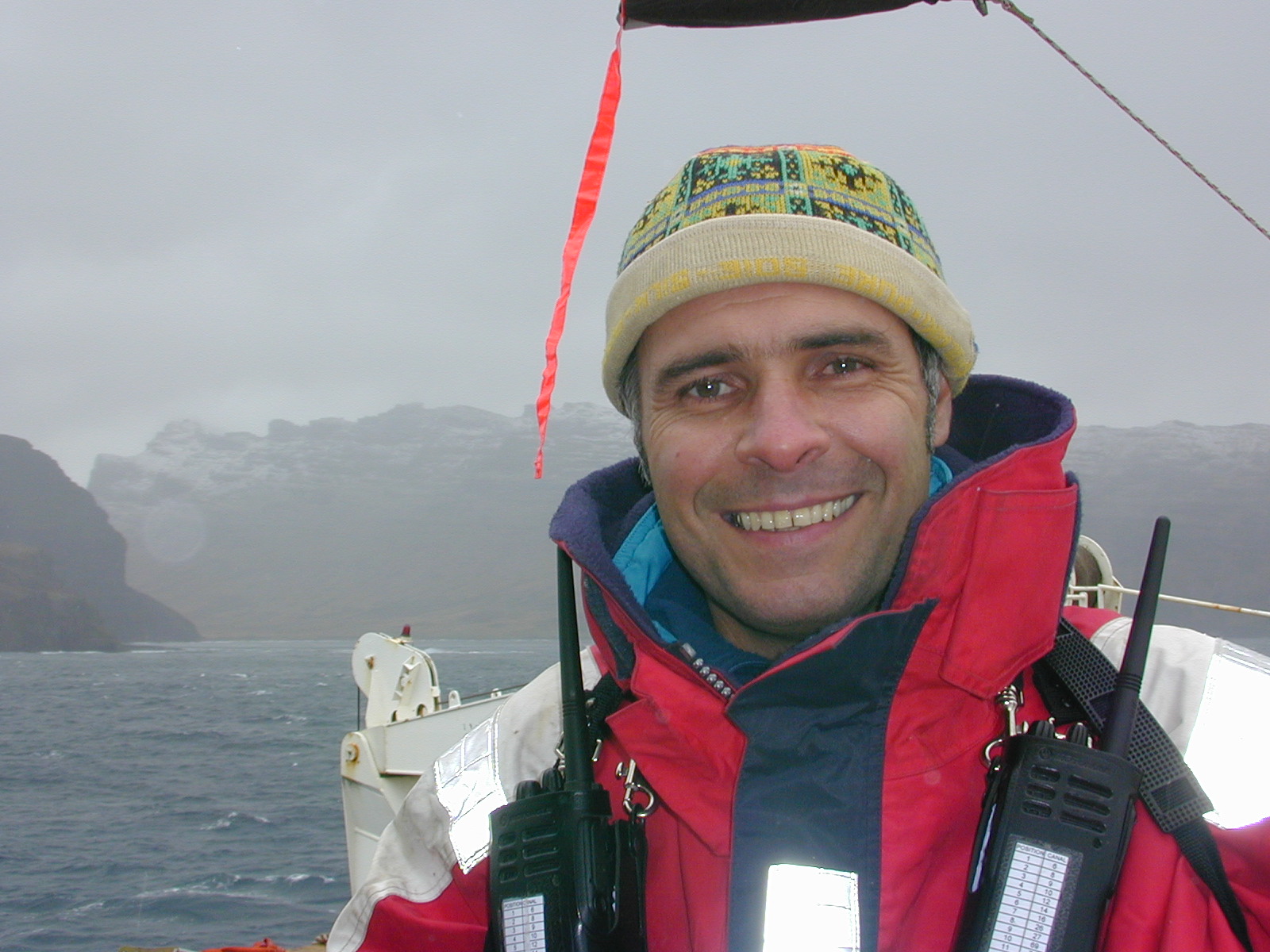
Thierry Micol, Possession Island, Crozets, November 2002
Thierry Micol, LPO’s Biodiversity, Sustainable Development, International and Overseas Senior Officer writes:
“My first encounter with albatrosses was in January 1988 when I visited Amsterdam Island with the mission of eliminating the feral cattle that threatened the Amsterdam Albatross. Arriving in the morning after a trip on the fishing lobster vessel Austral, the ornithologists already on the spot took me that same afternoon to the Plateau des Tourbières where nest the last pairs of the endemic Amsterdam Albatross. Thirty years later, they are still threatened by rats, cats and mice, and the plan to eradicate these species throughout TAAF is of crucial importance for this species, for which only a 100 pairs remain. As a member of the TAAF National Nature Reserve Advisory Committee I can only support World Albatross Day on 19 June.”
“Ma première rencontre avec les albatros date de janvier 1988 quand je me suis rendu sur l’île Amsterdam avec pour mission d’éliminer les bovins sauvages qui menaçaient les Albatros d’Amsterdam. Arrivé le matin après un trajet sur l’Austral, navire de pêche à la langouste, les ornithologistes déjà sur place m’ont amené l’après-midi même sur le plateau des Tourbières où nichent les derniers couples de l’endémique Albatros d’Amsterdam. Trente ans plus tard ils sont toujours menacés par les rats, les chats et les souris et le projet d’éradication de ces espèces par le territoire des Terres australes et antarctiques françaises est d’une importance cruciale pour cette espèce dont il ne reste qu’une centaine de couples. En tant que membre du Comité consultatif de la Réserve naturelle national des Terres australes françaises, je ne peux que soutenir la journée mondiale des albatros, le 19 juin.”
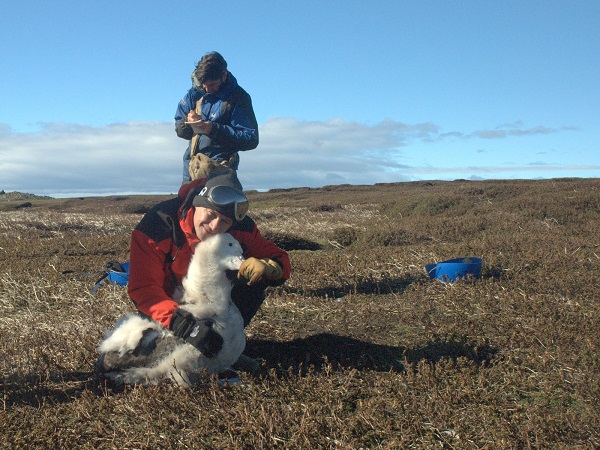
Yann Libessart gently cradles a Wandering Albatross D. exulans chick prior to banding, Kerguelen Islands in 2007, photograph by Eric Planel
Yann Libessart, LPO’s Communication Manager adds his own special memory:
“I participated in banding young albatrosses more than 10 years ago in the Kerguelen Islands. The chicks were already impressive in size and two people were required to handle them safely. Black-browed Albatrosses shared a steep cliff with a colony of Macaroni Penguins to hide from feral cats, which were introduced by people decades ago. Despite the strong promiscuity between two bird species that look so different, both seemed to get along pretty well. Sooty, Grey-headed and Wandering Albatrosses are also present in this remote archipelago, just like them subjected to the winds and the ocean. They were flying over us in silence.”
“J’ai participé au baguage de jeunes albatros lors de mon séjour aux îles Kerguelen, dans les Terres Australes et Antarctiques Françaises, il y a plus de 10 ans. Les poussins ont déjà une taille impressionnante et deux personnes sont nécessaires pour les manipuler sans risque. Les Albatros à sourcils noirs partageaient une falaise abrupte avec une colonie de Gorfous macaronis afin d’échapper aux chats harets, introduits par l’homme quelques décennies plus tôt. Malgré la forte promiscuité entre les deux espèces d’oiseaux, tant opposées sur le plan morphologique, leur cohabitation semblait pacifique. Des Albatros fuligineux, à tête grise et hurleurs fréquentent également cet archipel perdu, comme eux livré aux vents et à l’océan. Ils nous survolaient en silence.”
ACAP will work with LPO – along with other BirdLife partners in ACAP countries – in the next half a year to help raise awareness of the conservation crisis facing albatrosses and Petrels as the first World Albatross Day approaches. Meanwhile, ornithologists on Amsterdam, Kerguelen and on the Crozet’s Possession Island have all made and displayed their World Albatross Day banners in the field. Merci beaucoup!
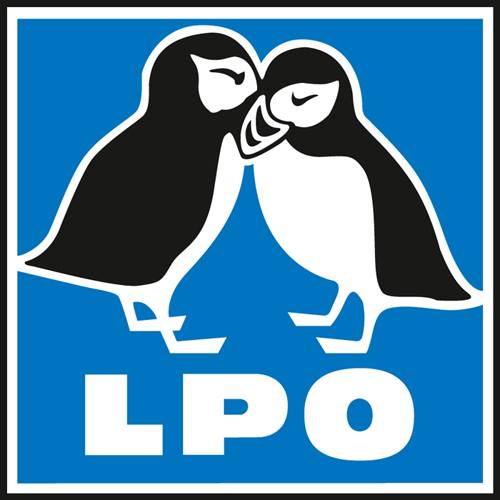
John Cooper, ACAP Information Officer, 11 December 2019

 English
English  Français
Français  Español
Español 